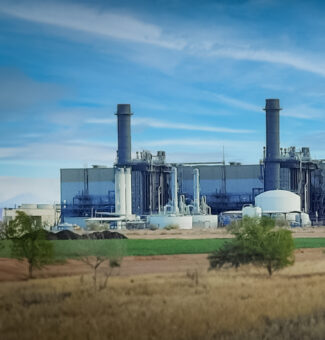Alberta SMR Feasibility Study Public Open House Boards

Publication Date: March 03, 2025
Number of Pages: 16
Publisher: Captial Power
Alberta SMR Feasibility Study Public Open House Boards
Publication Date: March 03, 2025
Number of Pages: 16
Publisher: Captial Power
External Nuclear Information Resources
Natural Resources Canada: Canada’s Small Modular Reactor (SMR) Action Plan
Natural Resources Canada: SMR Roadmap – Canadian Small Modular Reactor
Nuclear Waste Management Organization: Canada’s plan
Canadian Nuclear Association
World Nuclear Association: Canada Profile
Canadian Nuclear Association: The Canadian Nuclear Factbook


